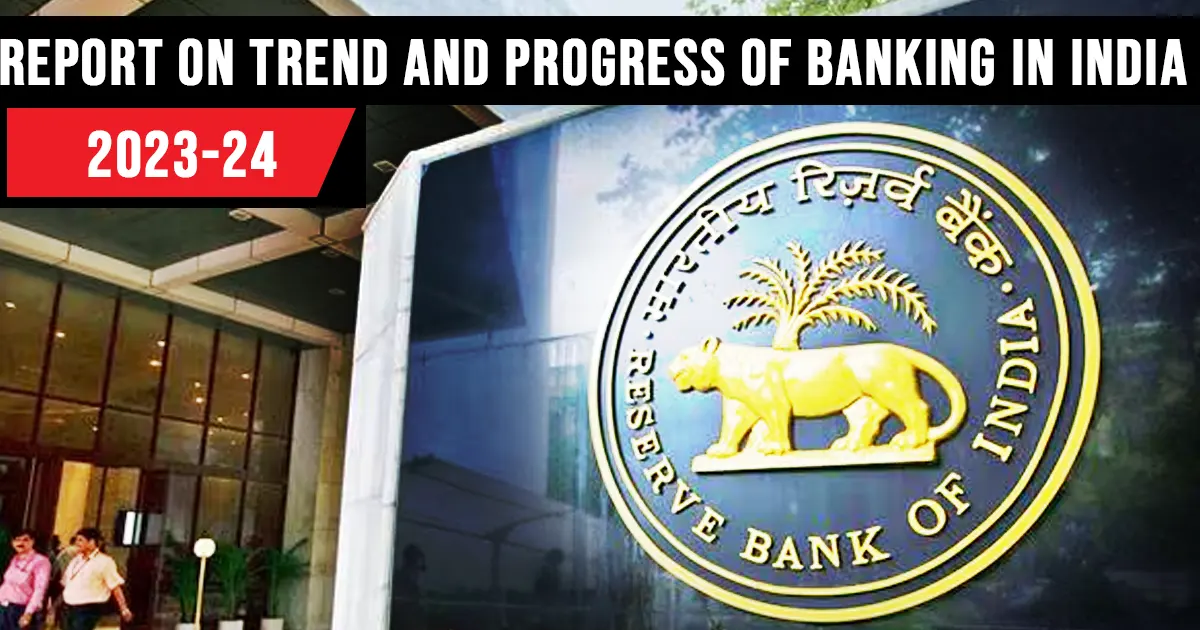GS3 ECONOMICS

The Reserve Bank of India (RBI) has published its annual report for 2023-24 under the Banking Regulation Act, 1949, providing insights into the performance of the banking sector.
Scheduled Commercial Banks (SCBs)
- Credit Growth and Profitability: SCBs reported enhanced profitability for the sixth consecutive year.
- Asset Quality: Gross Non-Performing Assets (NPAs) dropped to a 13-year low of 2.5% as of September 2024.
- Capital Strength: The Capital-to-Risk-Weighted Assets Ratio (CRAR) reached 16.8% in September 2024, surpassing regulatory requirements.
- RBI requires banks to maintain a minimum Capital Adequacy Ratio (CAR) of 9%, compared to the 8% mandated under BASEL-III norms.
- CRAR reflects a bank’s capital adequacy, calculated as a ratio of its capital to risk-weighted assets.
Urban Co-operative Banks (UCBs)
UCBs showed an expanding balance sheet, with asset quality improving for the third consecutive year.
Non-Banking Financial Companies (NBFCs)
NBFCs demonstrated strong performance with double-digit credit growth and a decline in Gross NPAs to 3.4% by September 2024.
Technological and Financial Inclusion Initiatives
- Emerging Credit Platforms: Tools like the Unified Lending Interface (ULI) and Open Credit Enablement Network (OCEN) are set to enhance credit access for small businesses and individuals.
- National Strategy for Financial Inclusion (NSFI) 2025-30: This forthcoming strategy aims to deepen financial inclusion while addressing new challenges.
Concerns Over Rising Bank Frauds
The report highlighted a sharp increase in banking frauds, with cases rising to ₹21,367 crore during April-September 2024, compared to ₹2,623 crore in the same period last year. This surge poses risks to the sector’s reputation, operations, and financial stability.




